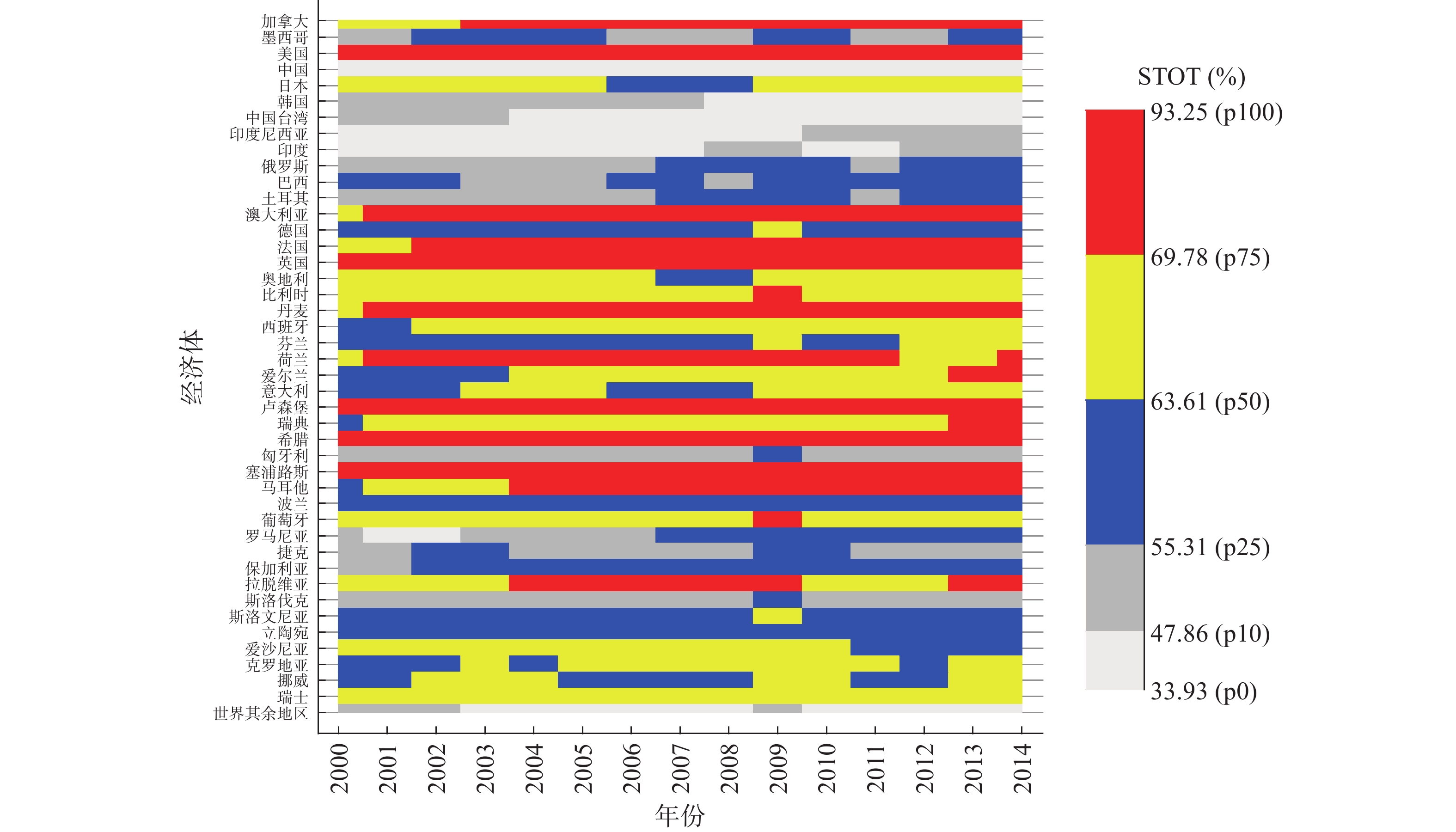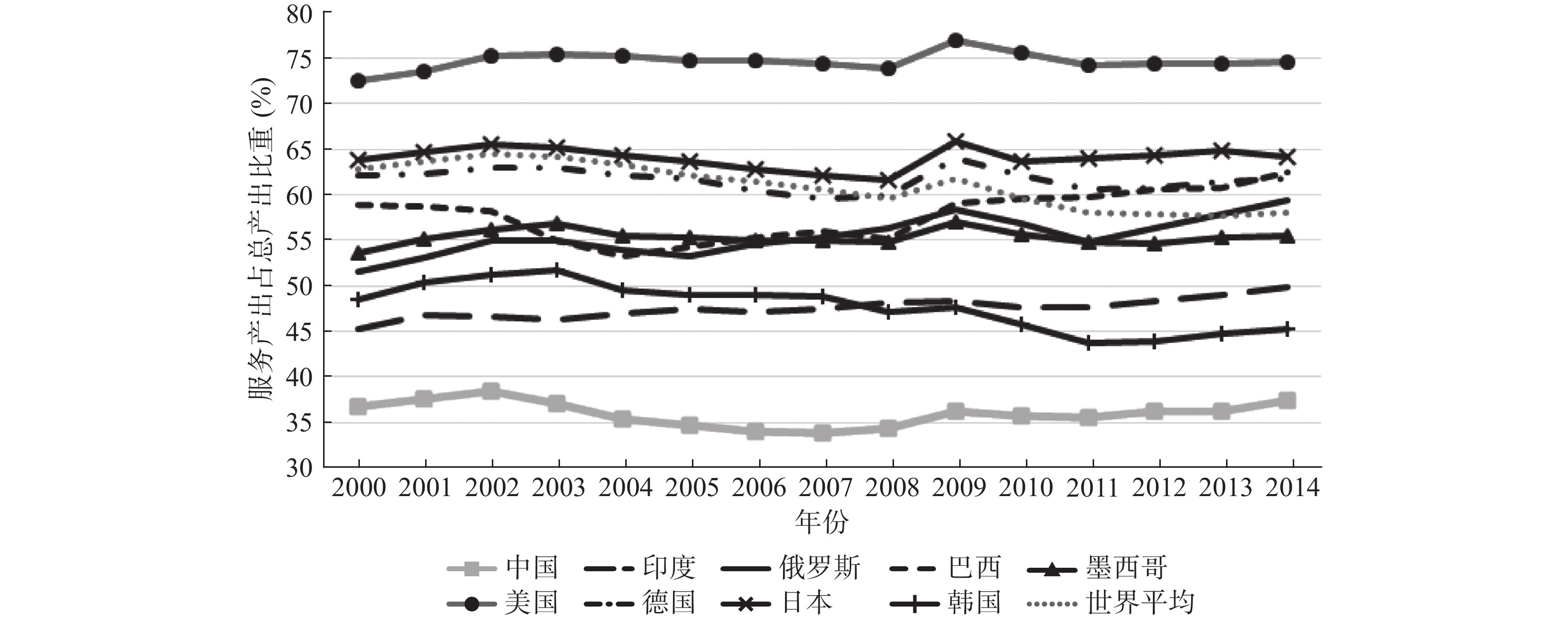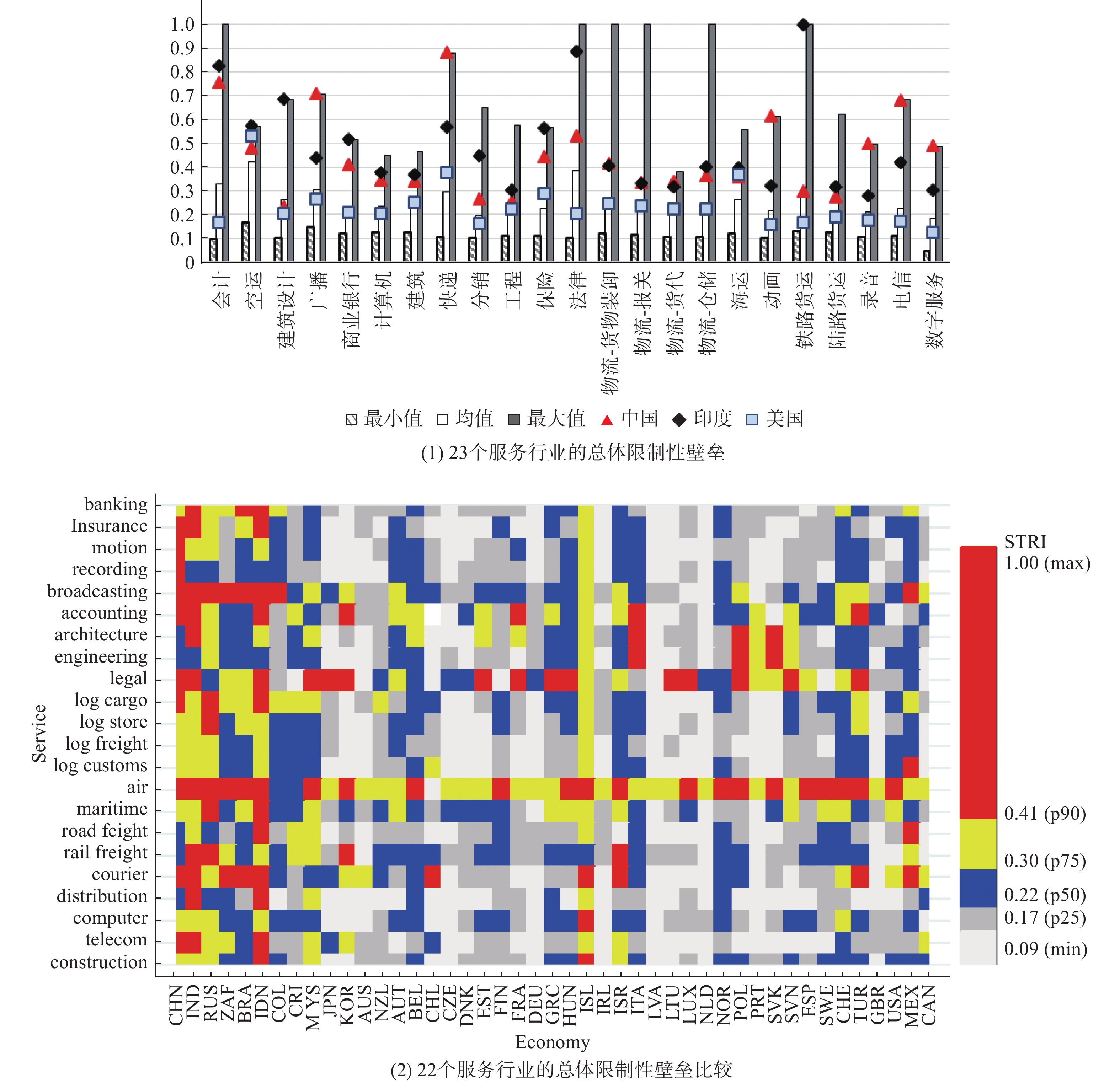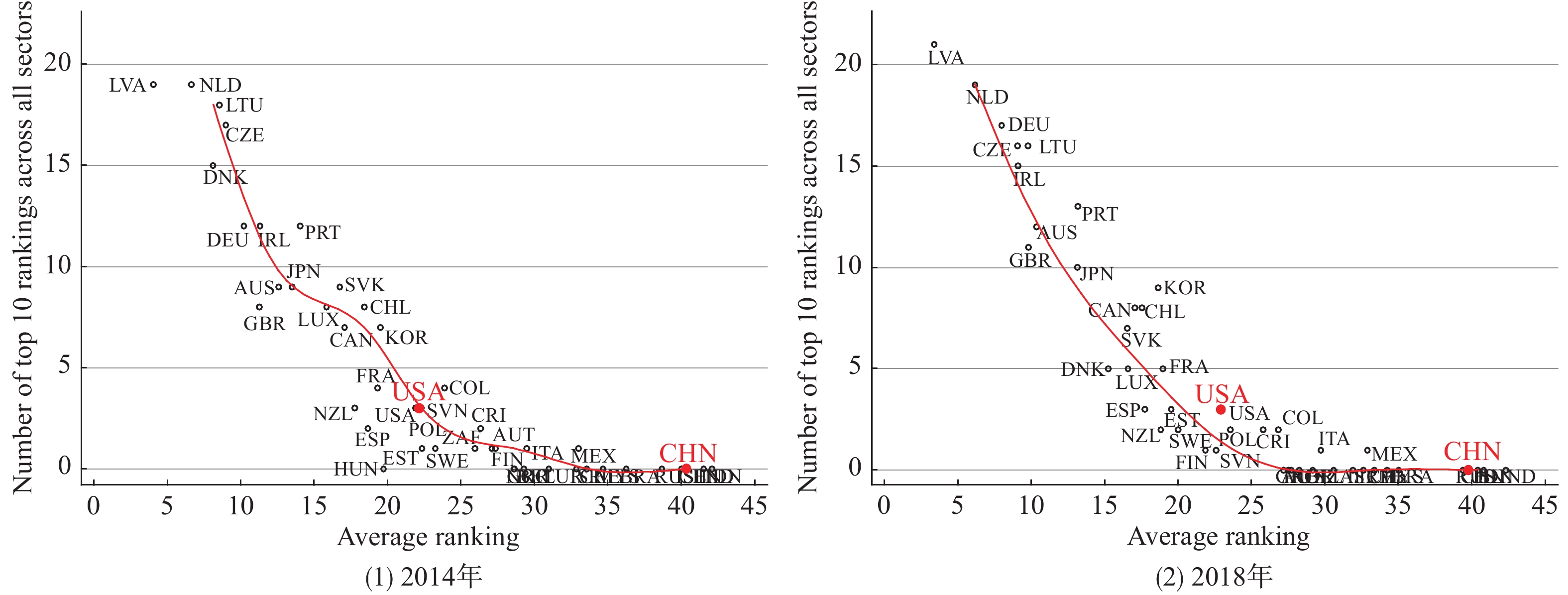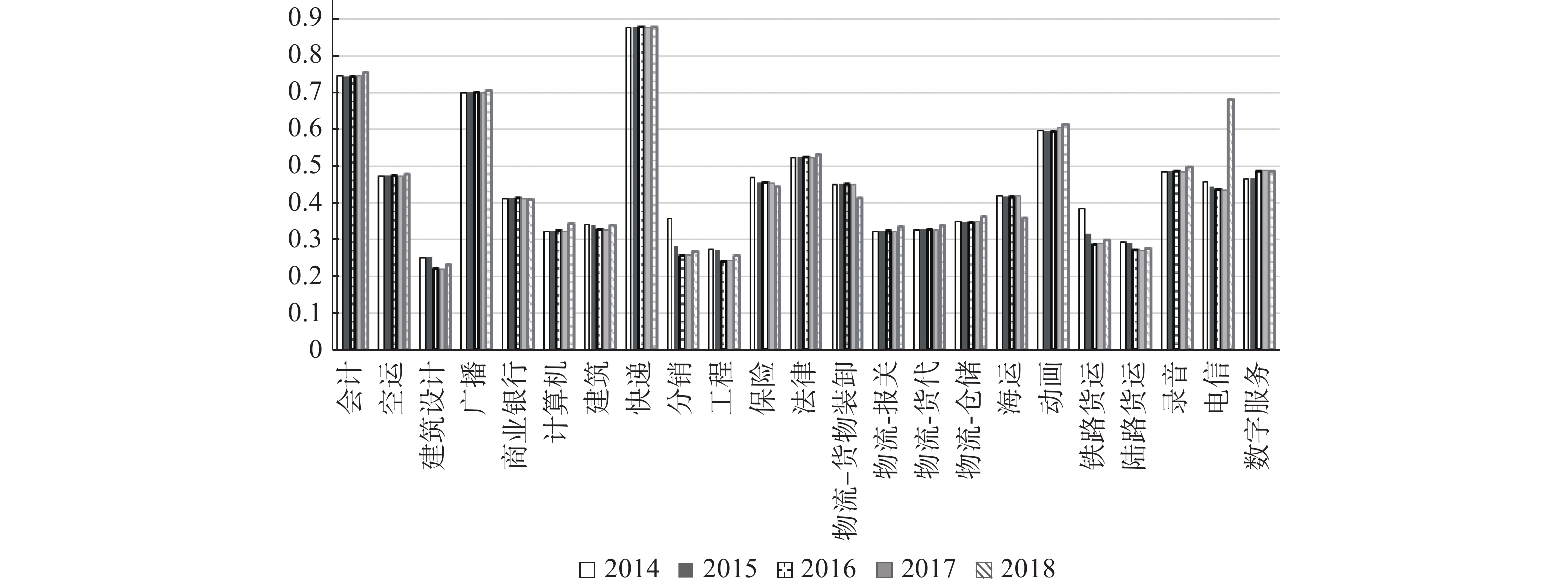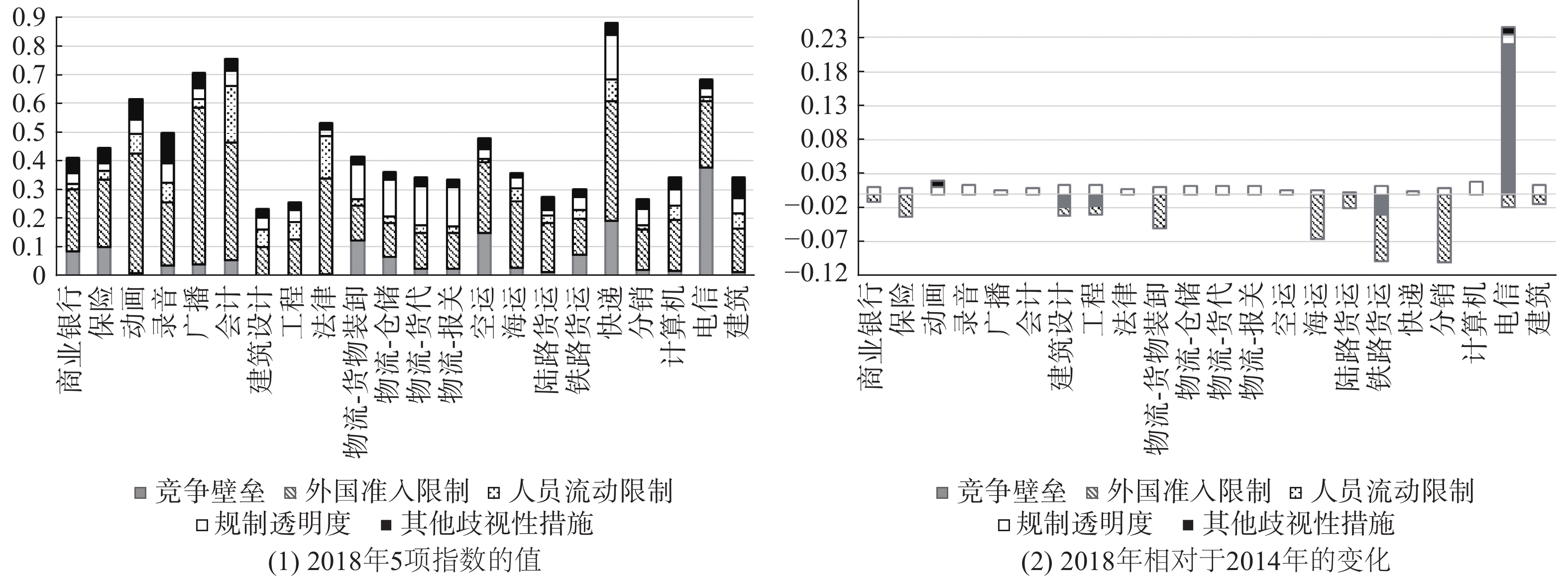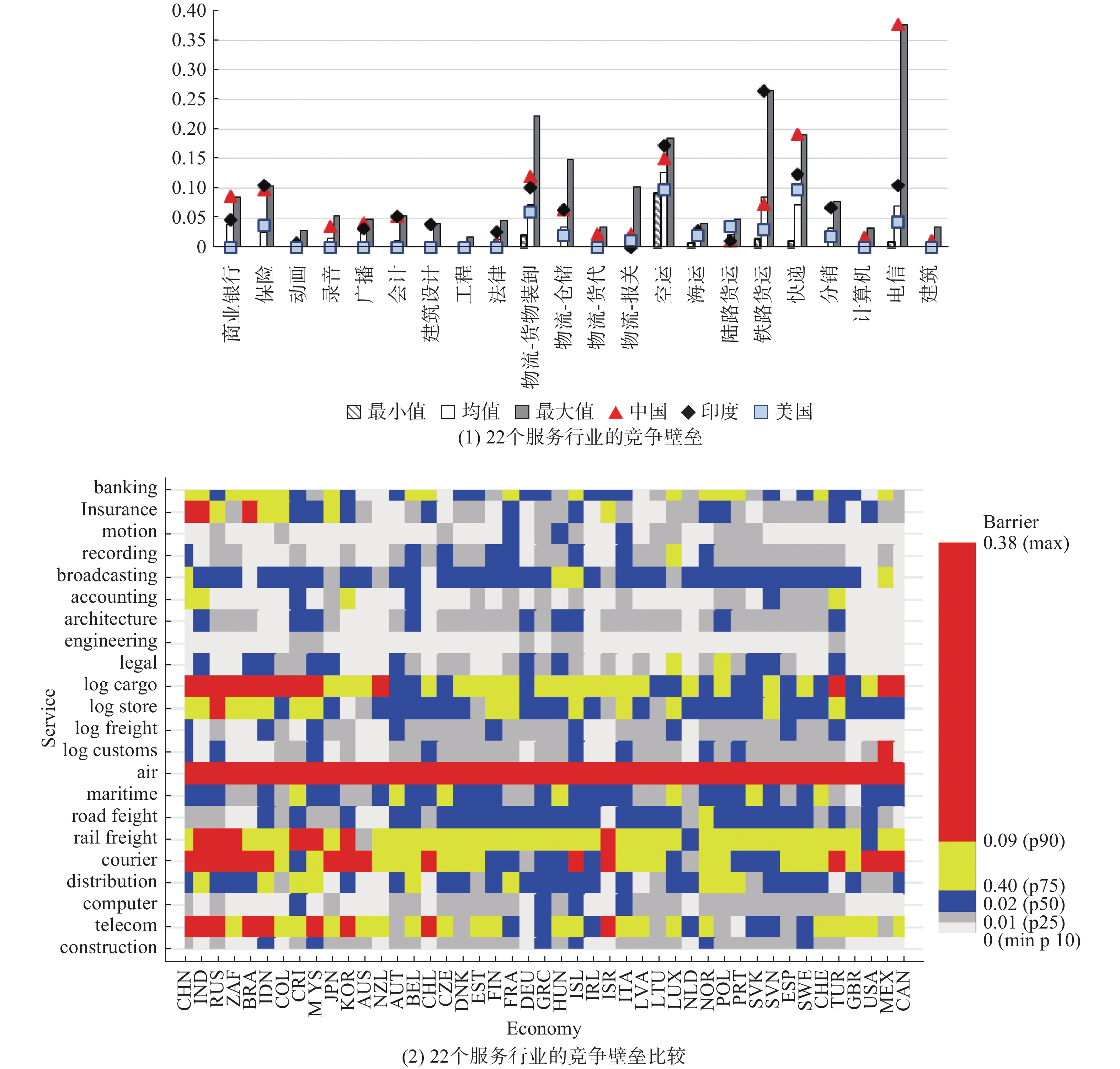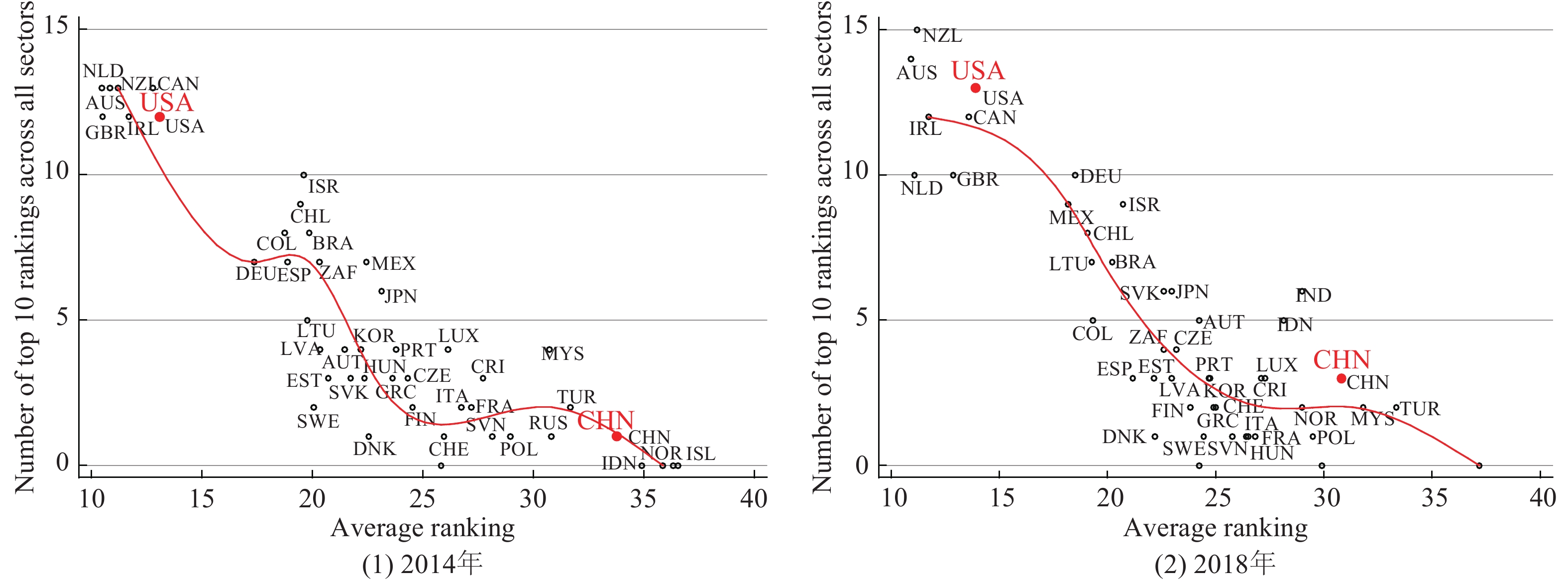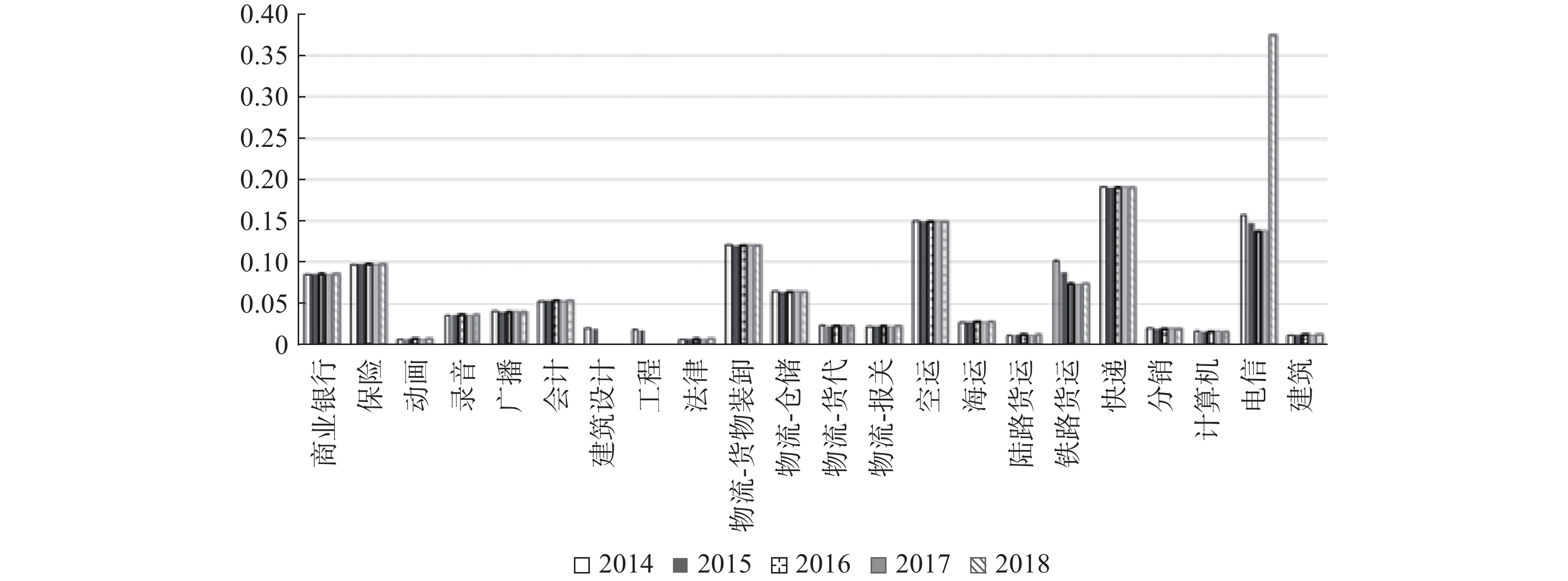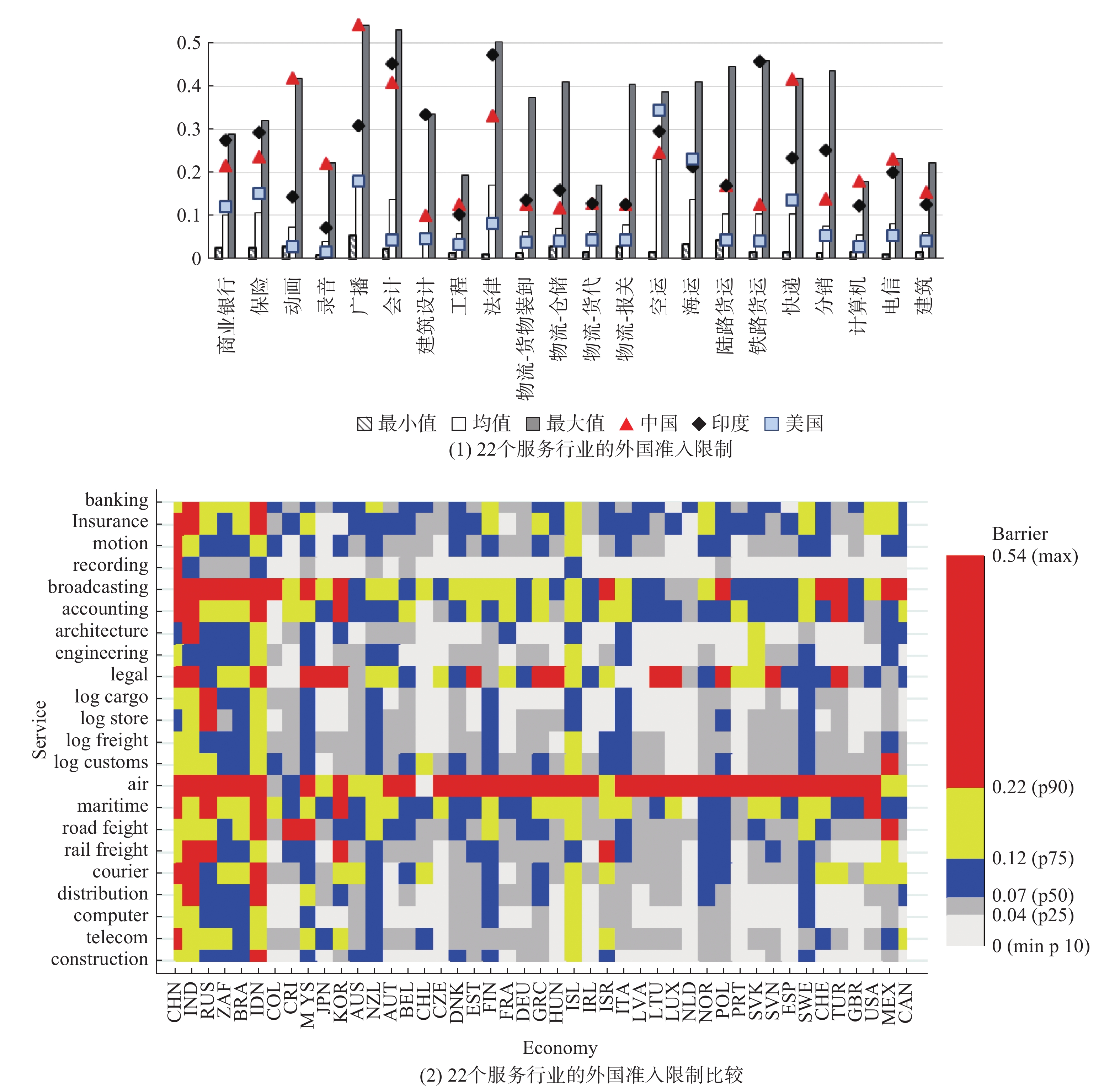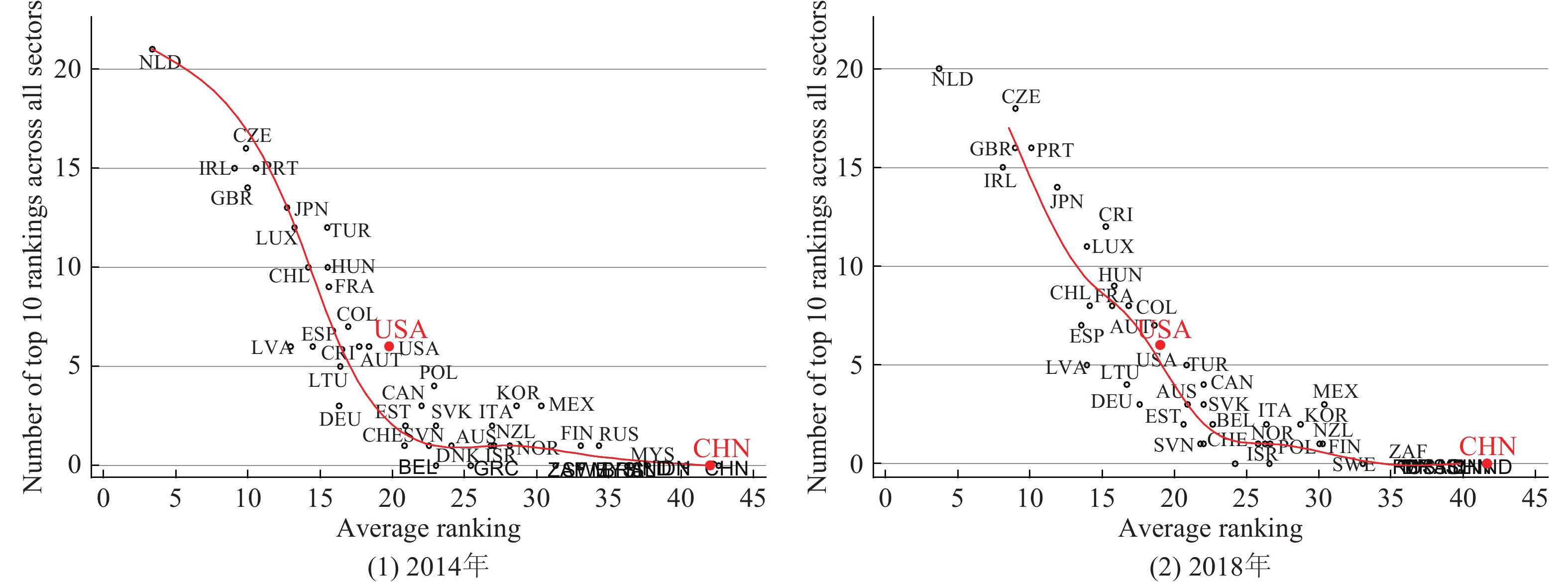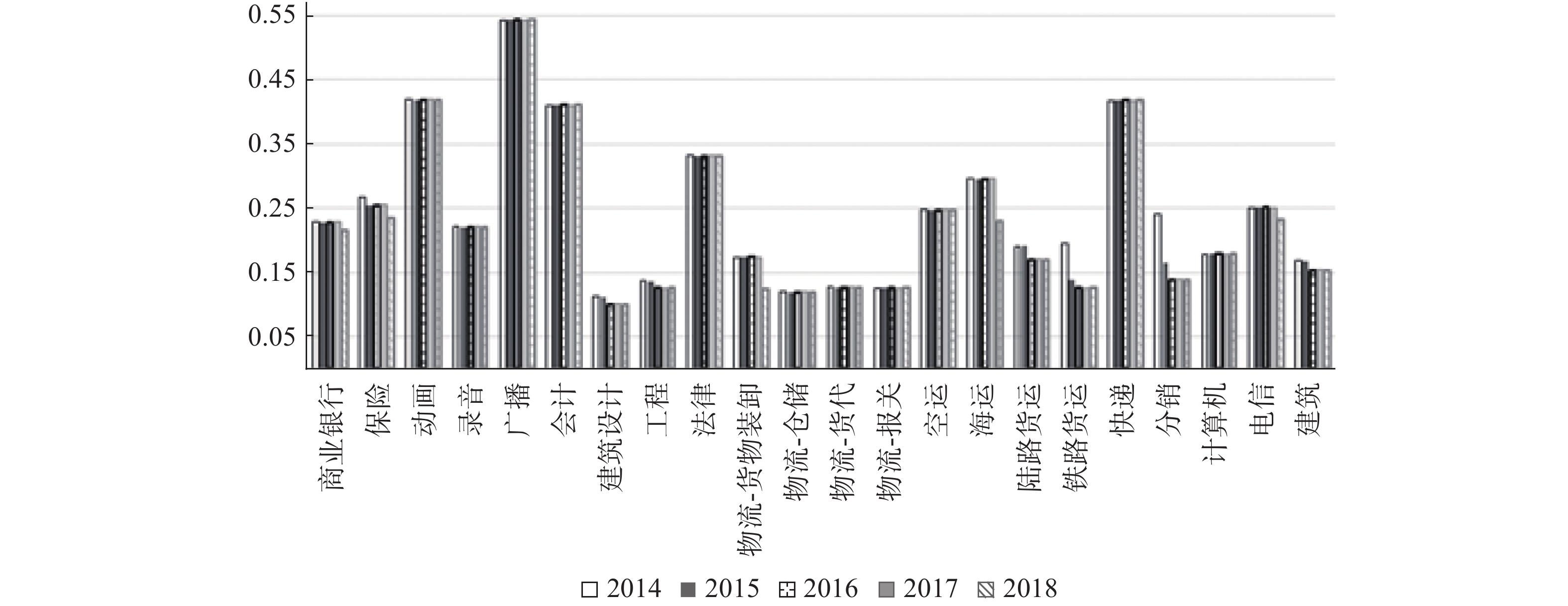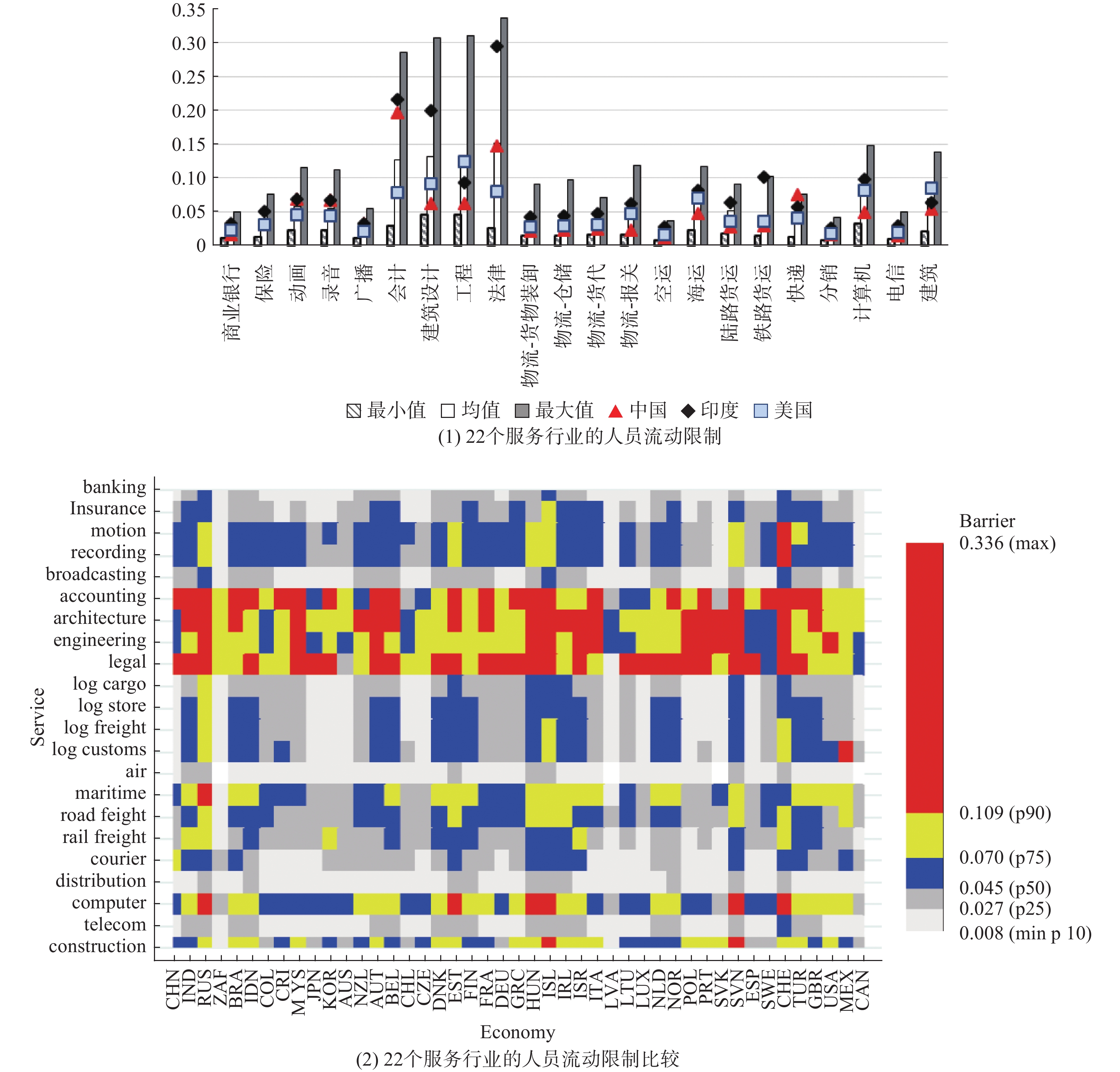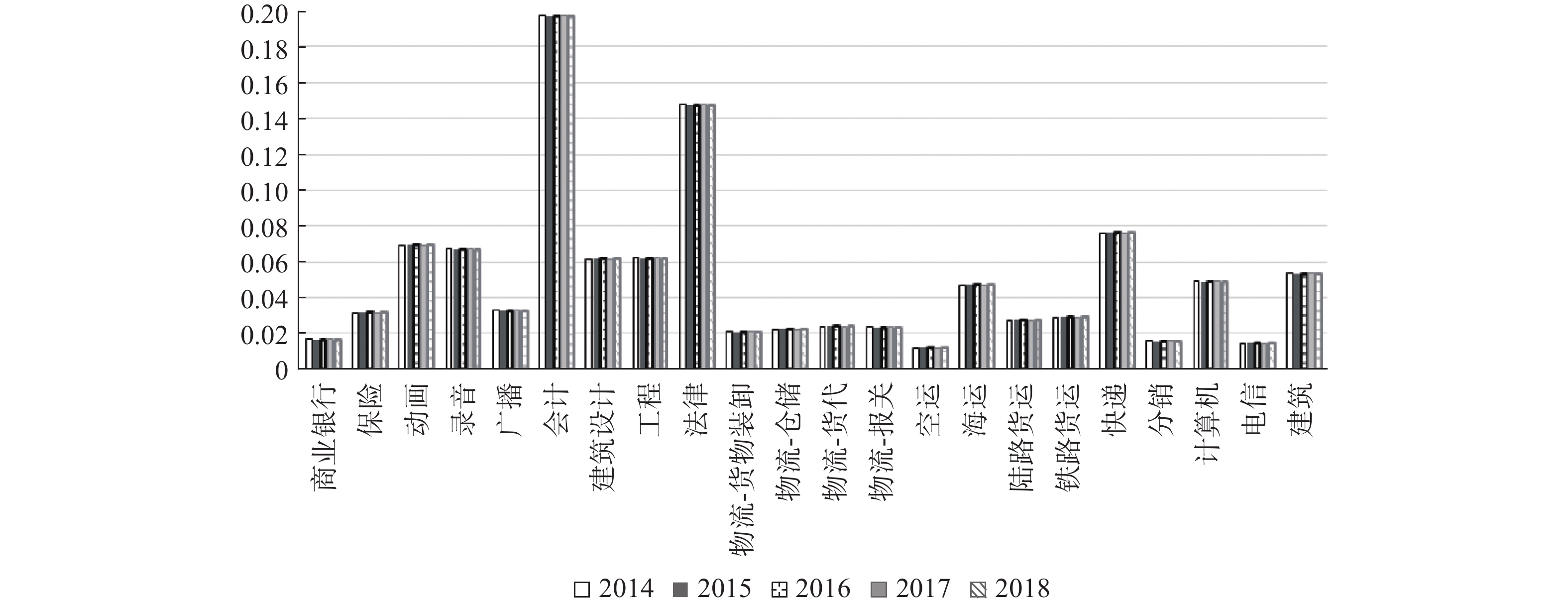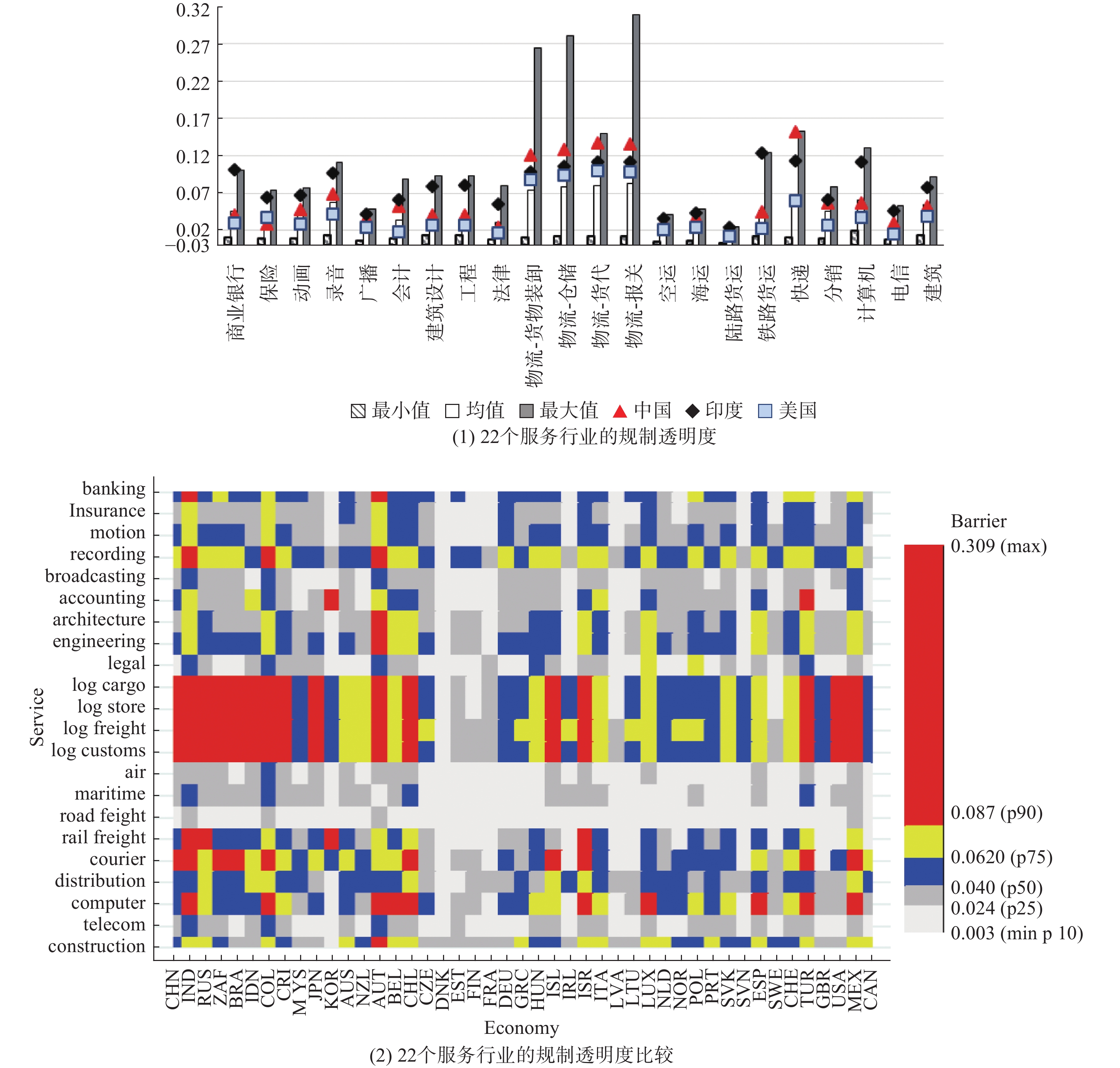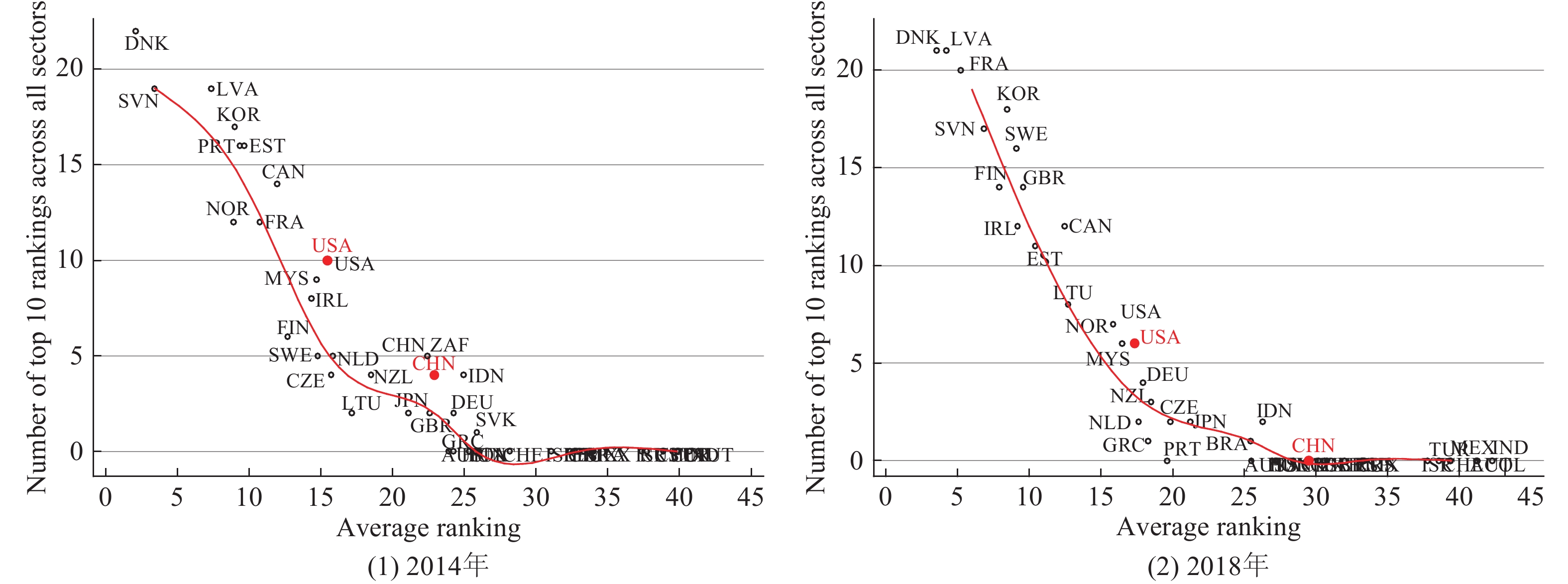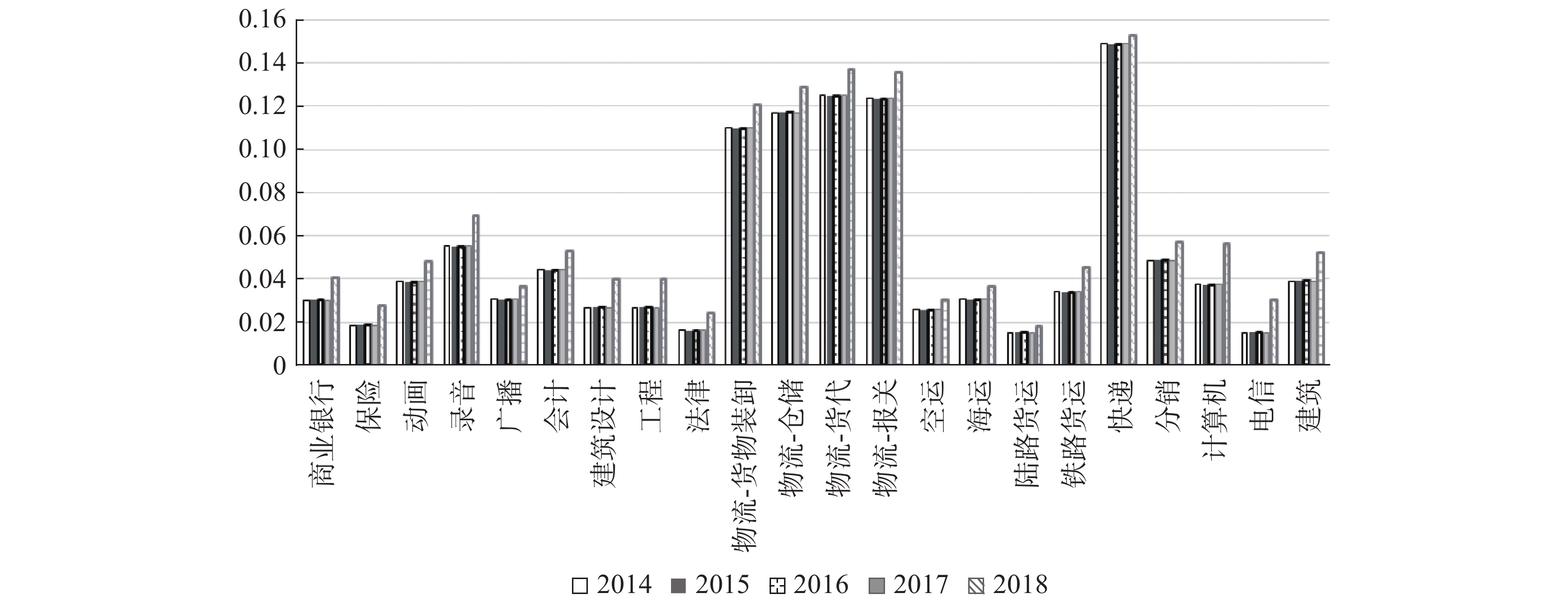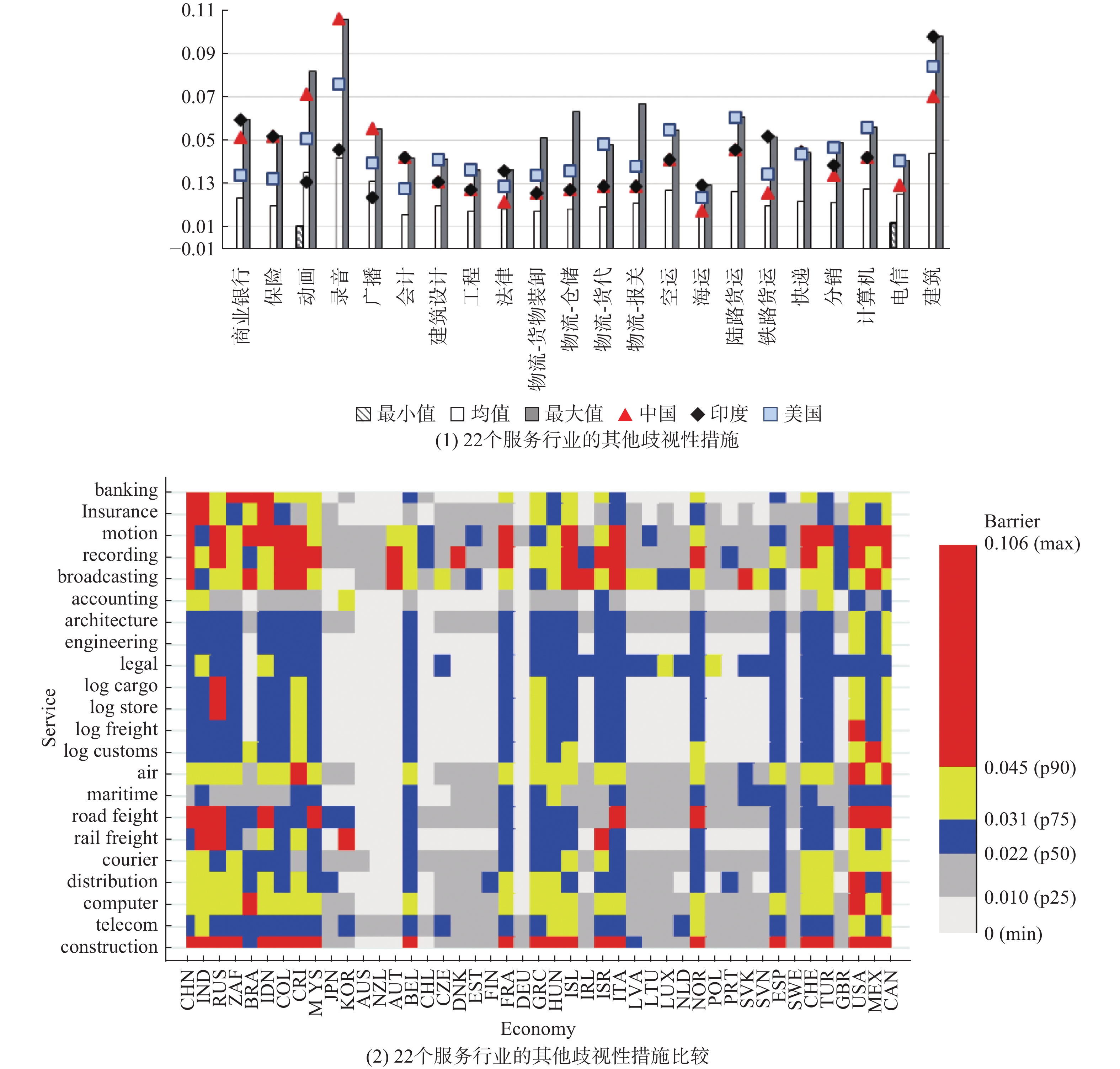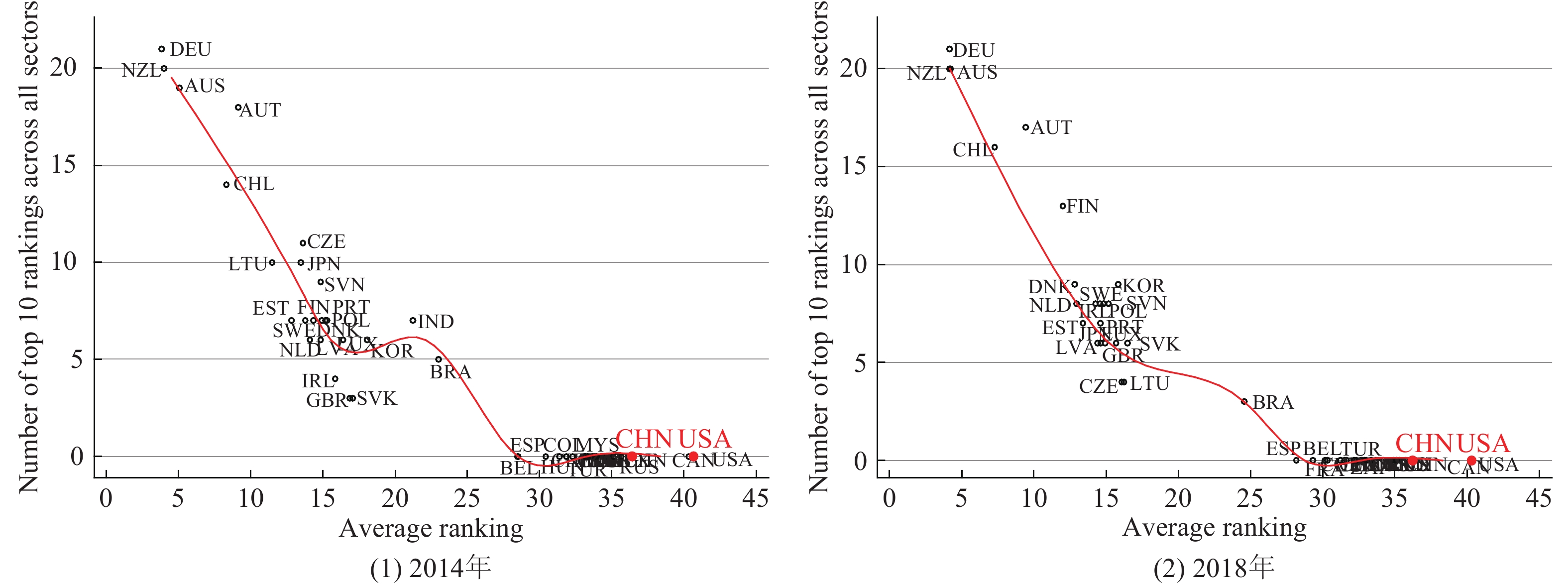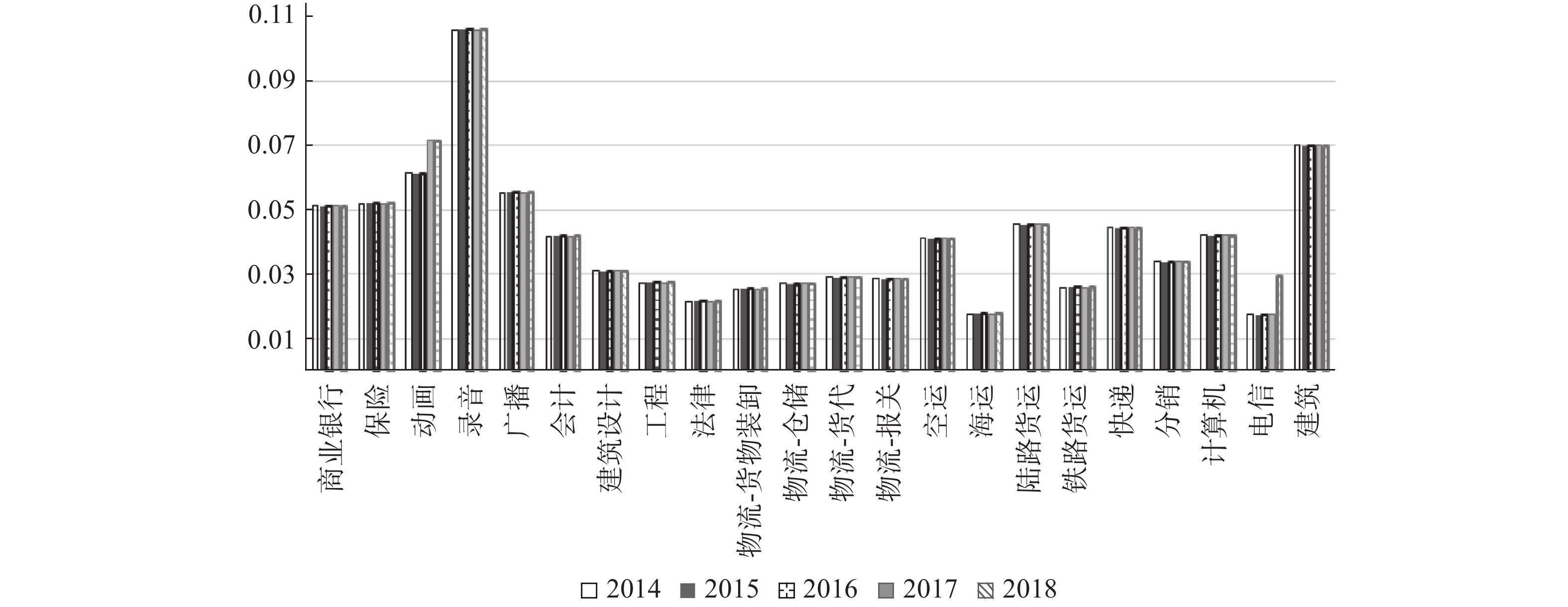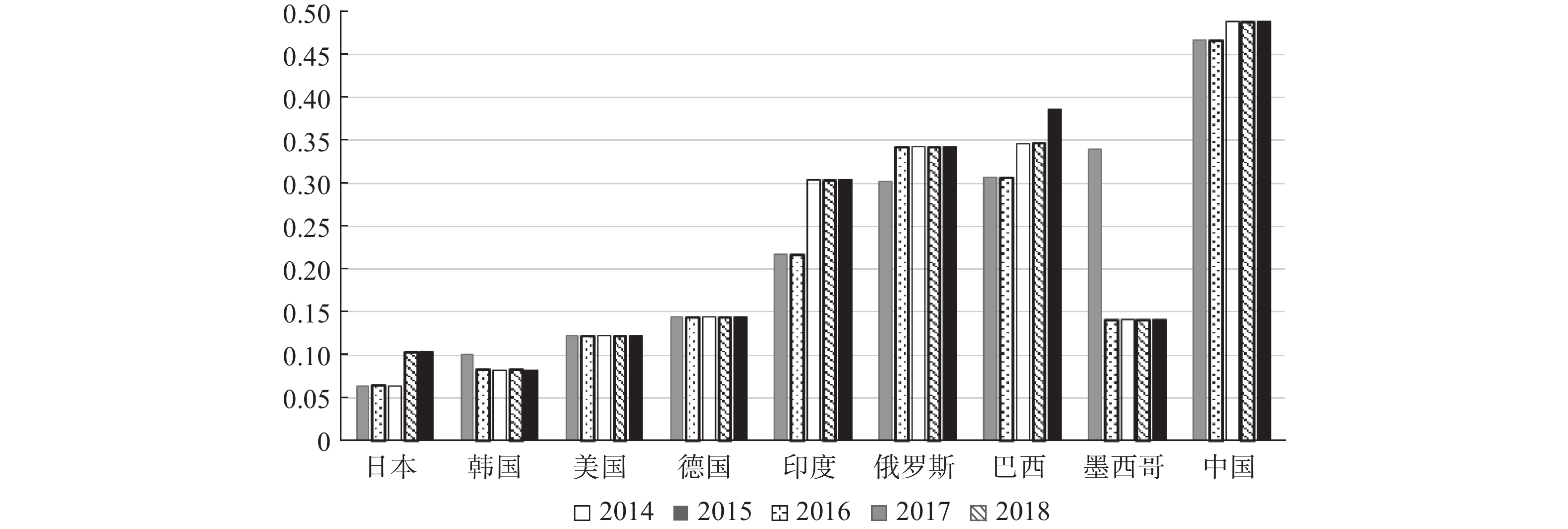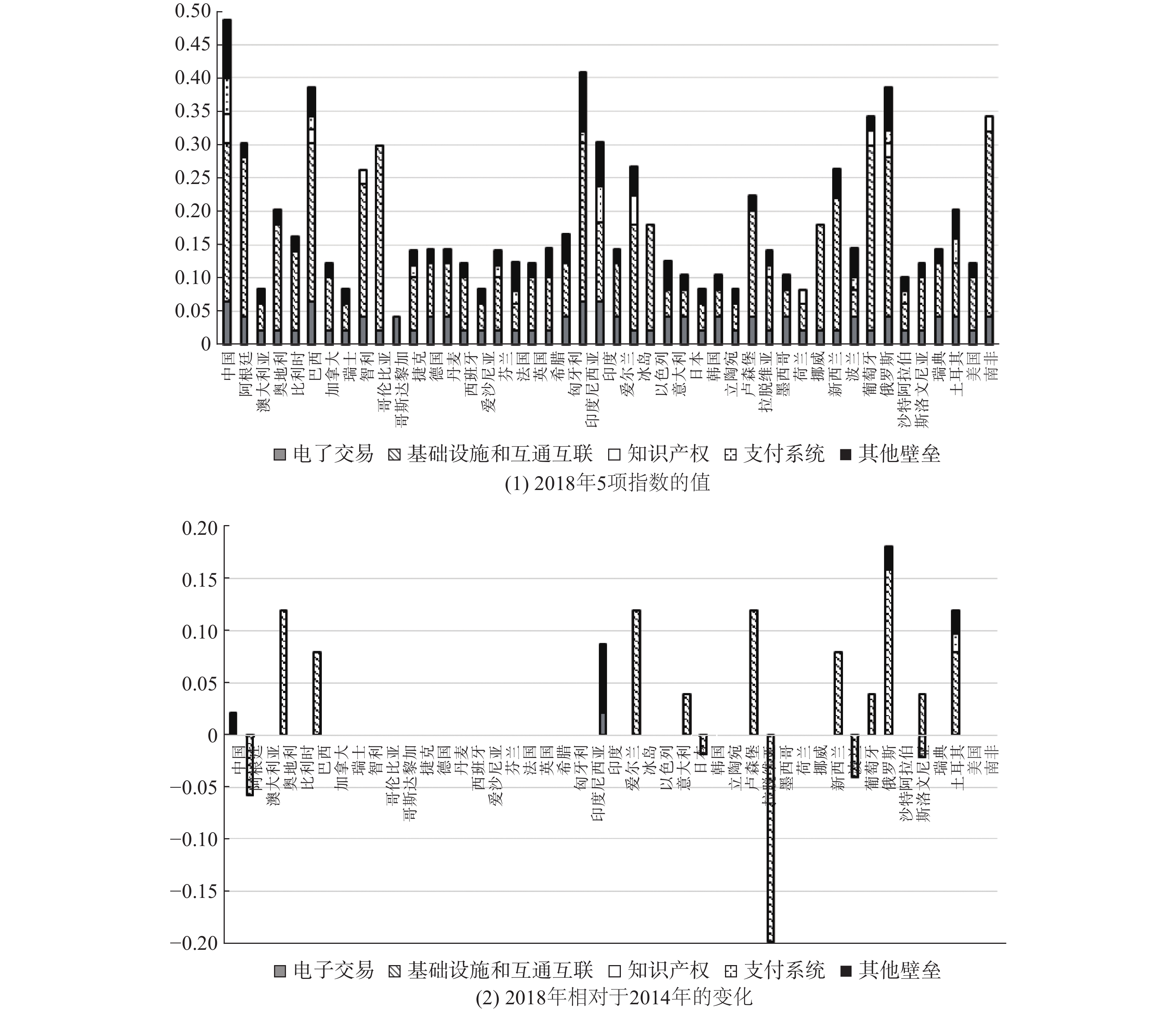Citation:
Dazhong CHENG, Li YU and Ning WANG. Opening-up and Liberalization of Services:Basic Trend, International Comparison and China’s Strategy[J]. Academic Monthly, 2019, 51(11): 40-59.

Opening-up and Liberalization of Services:Basic Trend, International Comparison and China’s Strategy
-
Abstract
This paper firstly examines the global trend and institutional evolution in economic tertiarization and services liberalization, and then employs the popular STRI indices to evaluate the levels of opening-up and liberalization of China’s service sectors through a global comparison. The growth, liberalization, and opening-up of service sectors are the general trend of world economic development, while comparing with other economies especially developed economies, China’s service sectors exhibits a lower level of development and opening-up. China is one of the few economies that have the highest restriction barriers in services markets. All service sectors except for architecture are subject to restriction barriers above the sample average, and six sectors including broadcasting, courier, motion, recording, telecommunication, and digital services are most heavily restricted. Considering the long-run development of Chinese economy, the evolution of global economic and trade institution especially the services trade institution, and the chronical trend of Sino-US trade frictions, China should actively expand and deepen the market-oriented reform and opening-up in services, so as to improve the international competitivness of service sectors.
-

-
References
-
Access
-
-
[1]
Jiechang XIA
, Yu XIAO
, Shilin LI
. Re-measurement and Influence Factors of Total Factor Productivity in China’s Service Industry. Academic Monthly,
2019, 51(2): 34-43.
-
[2]
Guoqiang TIAN
, Xudong CHEN
. How to Pursue Progress while Maintaining Stability and Promote High-quality Development for China’s Economy. Academic Monthly,
2022, 54(6): 34-46.
-
[3]
Ming LU
. For Long-term, Overall and Multidimensional Development: The Political Economy of China Road. Academic Monthly,
2022, 54(3): 58-71, 109.
-
[4]
YUAN Xiaoyan
. City Size,Service Development and Female Migrants Employment. Academic Monthly,
2023, 55(9): 58-67.
-
[5]
Xiaoxing HUANG
. Institutional Connectedness: The Multiple Logics and Practice of Volunteer Services in China. Academic Monthly,
2022, 54(4): 131-143.
-
[6]
Zhiping HU
. Political Economy of the Change of Rural Public Service Supply in China: Development Stage and Government Behavior Framework. Academic Monthly,
2019, 51(6): 53-63.
-
[7]
. . Academic Monthly,
2016, 48(04): 54-62.
-
[8]
GAO Fan
. . Academic Monthly,
2018, 50(6): 57-66.
-
[9]
JIANG Tao
. The Trading Effects and Service Returns of Data Assets with Trading Ecology. Academic Monthly,
2024, 56(1): 70-80.
-
[10]
Ling HU
. From Opening Resources to Basic Service: A New Viewpoint of Platform Supervision. Academic Monthly,
2019, 51(2): 96-108.
-
[11]
Jie WEI
, Hao WANG
. On the Financial Risks and Their Prevention in Current China’s Economy. Academic Monthly,
2018, 50(11): 38-44.
-
[12]
,
. . Academic Monthly,
2016, 48(01): 87-100.
-
[13]
. . Academic Monthly,
2016, 48(05): 63-71.
-
[14]
Yonggang HU
, Xudong CHEN
. The New Period of China’s Economic Growth and the Shifts in Policy Focus. Academic Monthly,
2020, 52(10): 53-61.
-
[15]
Jie CHEN
, Yidong WU
. The Possible Conflict between the Housing Rights and the Rights to Public Services Availability in the Process of “Equal Rights between Buyer and Tenant”. Academic Monthly,
2019, 51(2): 44-56.
-
[16]
Xudong CHEN
, Lin CHENG
. Inheritance and Innovation of Traditional Chinese Economic Thought and the Construction of Chinese Economics in New Era. Academic Monthly,
2023, 55(1): 56-68.
-
[17]
Daogen ZHANG
. A Political-economic Analysis of China’s Economic Institutional Innovation. Academic Monthly,
2020, 52(3): 5-14.
-
[18]
Daogeng ZHANG
. Logic of Economic Institutional Change and Reform of China’s Economic System. Academic Monthly,
2022, 54(1): 58-67.
-
[19]
Dapeng ZHOU
. Entrepreneurship and Schumpeterian Growth and Transformation of China’s Economy. Academic Monthly,
2020, 52(7): 57-68.
-
[20]
Wei WANG
, Yufei LIU
, Qing SHI
. Population Aging、Urbanization and China’s Economic Growth. Academic Monthly,
2022, 54(1): 68-82.
-
-
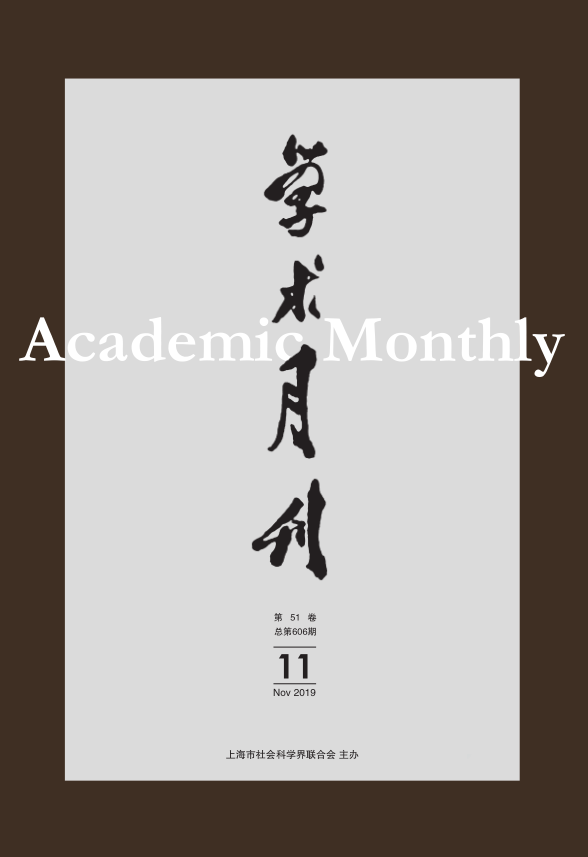



 沪公网安备 31010102003103号
沪公网安备 31010102003103号 DownLoad:
DownLoad:

